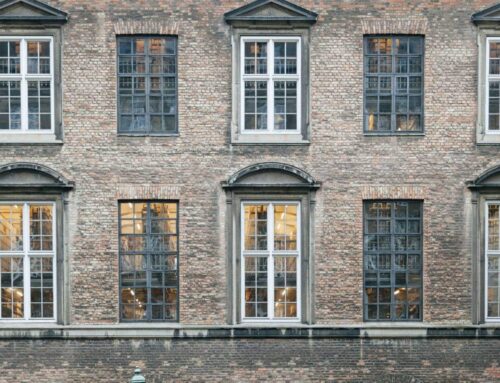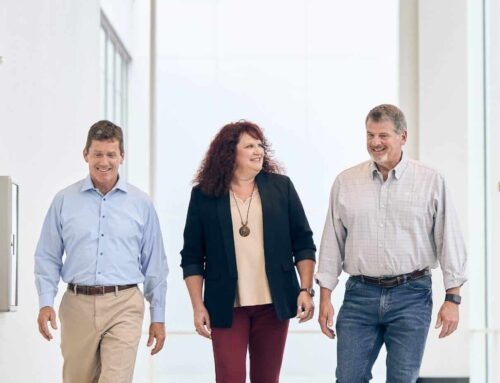According to the U.S. Energy Information Administration, buildings consume 39% of all energy produced in the United States and 15% of the country’s total energy use can be attributed to heating and cooling the average home or office building during the winter and summer months. In an effort to reduce their impact on the environment, businesses and real estate developers are turning to green design principles that not only boost energy efficiency but also save money by reducing energy costs while simultaneously improving the comfort, productivity, and well-being of the employees and residents who occupy their buildings. The following are three ways construction companies are making buildings more energy efficient.
Build Up, Not Out
Space optimization techniques allow construction professionals to maximize energy-efficiency in the structures they design and build. By building a structure up as opposed to out – tall rather than wide – there is a substantial decrease in material waste and the use of electricity. Taller, narrower structures, by their very design, reduce envelope space. Reduction of envelope space allows the indoor temperature of a building to remain constant and almost entirely unaffected by the fluctuations in outdoor temperatures which ultimately results in improved efficiency of a building’s HVAC system.
Implement the Passive House and Daylight Design Techniques
Planning construction projects with sustainable energy in mind isn’t just for environmentalists: it’s an effective way to make your project more cost-effective. Two principles, Passive House and Daylight Design, can help you do just that. The Passive House principle is a building standard, used for both residential and commercial structures, that emphasizes minimizing heating and cooling demands by balancing thermal envelopes (where heat travels in or out of a structure) with airtightness, insulation, and control of ventilation. Contrary to what the name might imply, this technique is applicable to commercial as well as residential construction projects.
The idea behind it is straightforward: Use less energy. There are several variations on the approach with one of the most common involving the use of triple-paned windows with low-e coatings on every exterior window surface. This results in highly efficient windows that require no extra heat during winter months or cooling during summer ones—along with reduced levels of insulation inside walls and ceilings and an airtight envelope around each room.
Daylight design is another simple strategy for saving energy without sacrificing aesthetics or comfort. It entails taking advantage of natural light instead of relying solely on artificial lighting throughout a space. This means paying attention to where windows are placed when designing buildings so that occupants aren’t forced to turn lights on at all hours of day or night in order to see properly.
Maximize Natural Light In The Building Design
The optimal use of natural light is one of the best ways construction companies and architectural firms can make the buildings they create more energy efficient. Since natural light is free and abundant, making the most of this resource should be a priority for every construction project you undertake, whether commercial or residential. Windows and building orientation among the best approaches toward mastering this methodology.
Ideally, a buildings design should be such that the orientation of the structure is such that the spaces within it that require the most light for the longest periods of time are facing south. This is generally considered the direction from which sunlight is available for the longest part of the day. This combined with a soft white or other light-toned color scheme for the walls and ceiling helps amplify the natural light to areas of a space where it might not otherwise reach. With a smart design – the right design – even large cubicle communities can be brightly lit using only natural light.
Catalyst is proud to be an innovator in the commercial construction industry and one of our top priorities is finding and well as creating new ways to make the structures we build more energy efficient. Sustainable power usage doesn’t have to be cost prohibitive. In fact, the techniques and methodologies discussed here as well as several others that are becoming increasingly common across the industry have been developed with maximum cost effectiveness in mind. If you’d like to find out how you can maximize the energy efficiency of your next construction project, we’d love to talk to you. Click here and let’s get the conversation started.





